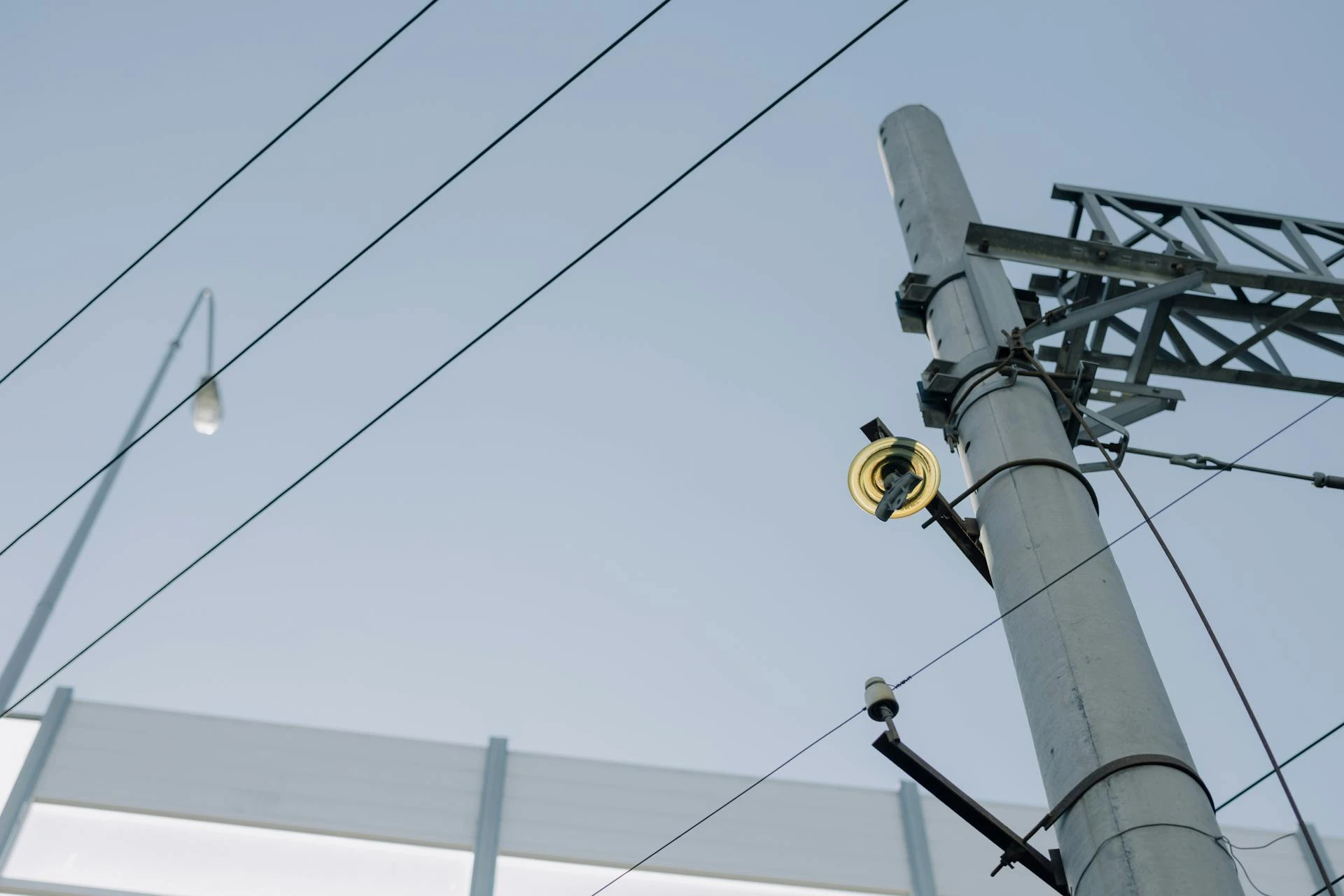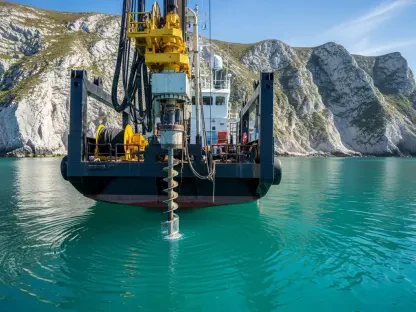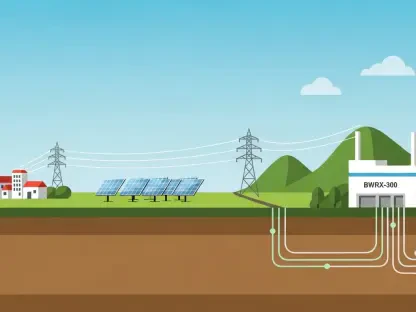Today, we’re thrilled to sit down with Christopher Hailstone, a seasoned expert in energy management, renewable energy, and electricity delivery. With a deep background in grid reliability and security, Christopher offers unparalleled insights into the complex world of public utilities. Our conversation dives into the City of Clearwater’s bold exploration of creating its own electric utility, touching on resident concerns, financial implications, legal hurdles, and the broader impact on the community. We’ll also unpack the tension with existing providers and what this could mean for the future of local energy management.
How did the City of Clearwater come to consider establishing its own electric utility, and what were the driving forces behind this decision?
I’m glad to shed light on this. Clearwater’s journey toward exploring a city-owned utility began last year, largely driven by resident frustration over rising electricity rates. People were feeling the pinch in their monthly bills and started voicing concerns about affordability. That groundswell of feedback pushed city leaders to seriously look into alternatives, including the idea of breaking away from their current provider and managing their own system. It’s a response to a very real economic pressure felt by the community, and it reflects a growing trend of cities reevaluating how energy services are delivered.
What can you tell us about the key takeaways from the feasibility study regarding a city-owned utility in Clearwater?
The study, conducted by a consulting firm, offered some compelling points. For starters, it projected that the average resident could save about $17 a month in the first year under a city-owned utility. That’s a significant amount for many households. However, it wasn’t all rosy—the report also highlighted potential challenges, including legal battles and operational risks. Transitioning to a municipal utility isn’t a simple flip of a switch; it involves navigating a maze of regulatory and logistical hurdles that could offset some of those initial savings if not managed carefully.
How has the current energy provider responded to Clearwater’s potential move to take over their infrastructure?
The provider has taken a firm stance against the idea. They’ve made it clear that their equipment isn’t for sale, and they’ve put a hefty price tag of around $1.1 billion on their system if the city were to pursue acquisition. Beyond that, they conducted their own study earlier this year, which likely paints a less favorable picture of the city’s plan. Their position seems to be rooted in protecting their investment and role in the community, and they’re pushing back hard against any notion of a takeover.
Can you walk us through what it would mean for Clearwater to use eminent domain to acquire the existing energy infrastructure?
Absolutely. Eminent domain is essentially the legal process by which a government entity can take private property for public use, provided there’s just compensation. For Clearwater, this would mean initiating a complex legal battle to seize the provider’s infrastructure. It’s not a quick or cheap option—think years of court proceedings and millions in legal fees, not to mention the cost of compensating the provider. It’s a high-stakes move that requires careful consideration of both public support and financial impact, as it could tie up resources for a long time.
What are you hearing from Clearwater residents about the idea of transitioning to a city-owned utility?
The feedback from residents is mixed but passionate. On one hand, many are excited about potential cost savings and the idea of local control. Some have even argued that it wouldn’t burden taxpayers, and they believe emergency response times would be just as reliable. On the other hand, there’s skepticism about whether the city can truly deliver on those promises, especially when it comes to handling crises like storms. It’s a classic case of weighing hope for change against trust in the status quo.
During discussions with city leaders, what points did the energy provider’s employees emphasize to defend their role?
The employees made a strong case for their value to the community. They highlighted specific efforts like underground infrastructure projects near key locations, which are part of a broader storm protection plan. They also leaned heavily on their track record, particularly their response to last year’s hurricanes, positioning themselves as a reliable partner during emergencies. It’s a reminder that beyond just delivering power, they see themselves as integral to the city’s resilience and safety.
How do you interpret the perspective of the energy provider’s state leadership on Clearwater’s proposal?
The state leadership has been quite vocal in their skepticism. They’ve pointed out that even the consultant’s report doesn’t guarantee cost savings, which undercuts one of the main arguments for a city-owned utility. Instead of a full takeover, they’ve urged city leaders to sit down and negotiate, suggesting that collaboration could achieve similar goals without the expense and conflict of a municipal transition. It’s a pragmatic stance, aiming to preserve their position while offering a less disruptive path forward.
What are the next steps for Clearwater’s city council now that they’ve decided to proceed with an appraisal, and what does this signify?
Moving forward with the appraisal is a significant but not final step. It means the city council is taking a closer look at the value of the existing infrastructure and the feasibility of acquisition. However, they’ve been clear that this doesn’t commit them to creating a city-owned utility—it’s more about gathering data to make an informed decision. They’ve also expressed appreciation for the current provider’s contributions, especially during past storms, signaling that they’re keeping all options open while they explore this path.
Looking ahead, what is your forecast for the future of local energy management in places like Clearwater?
I think we’re at a turning point for local energy management. Cities like Clearwater are increasingly questioning traditional utility models, driven by concerns over cost, control, and sustainability. My forecast is that we’ll see more municipalities exploring city-owned utilities or hybrid partnerships in the next decade, especially as renewable energy becomes cheaper and grid technology advances. However, the transition won’t be smooth—legal and financial barriers will test the resolve of local governments. Ultimately, success will depend on balancing resident needs with practical execution, and Clearwater’s experience could set a precedent for others to follow.









